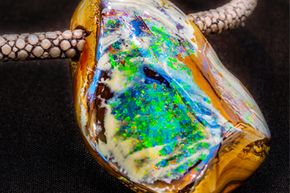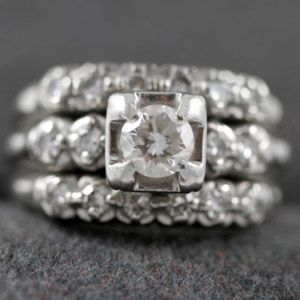Every month has a birthstone associated with it. If you were born in the month of October, your birthstone is the opal. Perhaps more than any stone, the opal is cloaked in mystery and legend. But are opals bad luck?
The opal's reputation as a harbinger of bad luck is well documented. It's said that wearing an opal ring, or an opal talisman, will bring bad luck to those born with a different birthstone. The popular opal superstition likely came about from a blend of the mystical power of the opal, stories of the opal in literature, and stiff competition in the precious gem trade.
Advertisement



